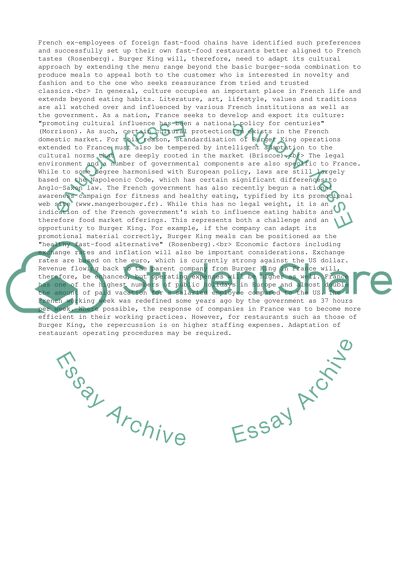Cite this document
(“International Expansion of Burger King into France Case Study”, n.d.)
International Expansion of Burger King into France Case Study. Retrieved from https://studentshare.org/business/1510578-international-expansion-of-burger-king-into-france
International Expansion of Burger King into France Case Study. Retrieved from https://studentshare.org/business/1510578-international-expansion-of-burger-king-into-france
(International Expansion of Burger King into France Case Study)
International Expansion of Burger King into France Case Study. https://studentshare.org/business/1510578-international-expansion-of-burger-king-into-france.
International Expansion of Burger King into France Case Study. https://studentshare.org/business/1510578-international-expansion-of-burger-king-into-france.
“International Expansion of Burger King into France Case Study”, n.d. https://studentshare.org/business/1510578-international-expansion-of-burger-king-into-france.


